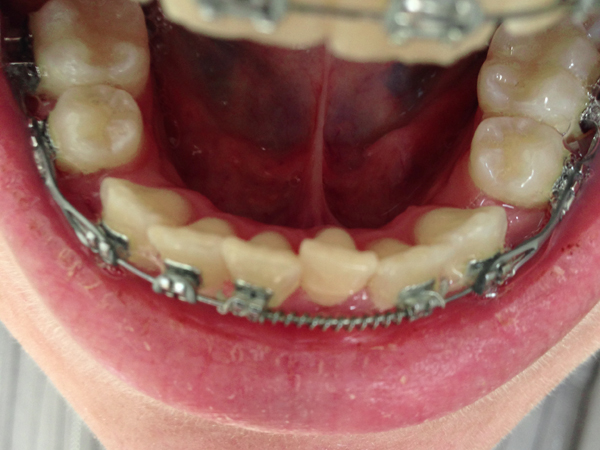If this were 1998, I would create a new website about spondylolisthesis. I’d include links to studies, and to other websites, and maybe write a few words about why I put the site together.
If I had more time on my hands, and more knowledge, I would create my own spondy blog, or do a podcast about it. Maybe I’d see if I could interview experts in the field, talk to my chiropractor, get some original content to post for the spondy community.
As it is, I have a personal blog where I basically do public journaling. I like being able to search my journal entries for past experiences, and I like being able to share my thoughts with friends and strangers. So, I’ve created a category on my blog for spondylolisthesis, and I’ll be documenting my experiences and discoveries, wins and fails, online resources, et cetera.
This condition is part of my life now, therefore it’s part of my blog. If I can collect some info that helps other people along the way, so much the better.
I actually went looking for podcasts about spondy today, for something to listen to while I walked around downtown during my lunch break. (My chiropractor put me back together yesterday afternoon after I tweaked my L4 on Friday during my very first spin class, and I’m still recovering. I needed that walk more than I needed today’s Weight Watchers meeting.)
While I didn’t find a dedicated spondylolisthesis podcast, I did find an episode of eOrthopodTV in which the host, Dr. Randale Sechrest, interviews spinal surgeon Dr. Nitin Bhatia about the symptomology and treatment of spondylolisthesis.
I felt like I needed to listen with prejudice — the interviewee was a surgeon, after all, so I expected him to promote surgery over the more conservative and non-invasive methods of treatment. Which, of course, he did. However, being a surgeon, he also explained the procedure(s) much more thoroughly than I had previously read, and made them seem much less scary. That said, I’d need to live with this level of pain for quite some time before I’d be willing to go under the knife to relieve it.
Other things I learned or had reinforced:
Spondylolisthesis will not paralyze me. It’ll just make life considerably more uncomfortable.
I also learned that I’ve developed this problem much earlier than most. It tends to crop up in older people — think fifties or sixties — although they did mention that women tend to be more susceptible than men.
Allow me to repeat this year’s mantra: I’m 37! I’m not old!



